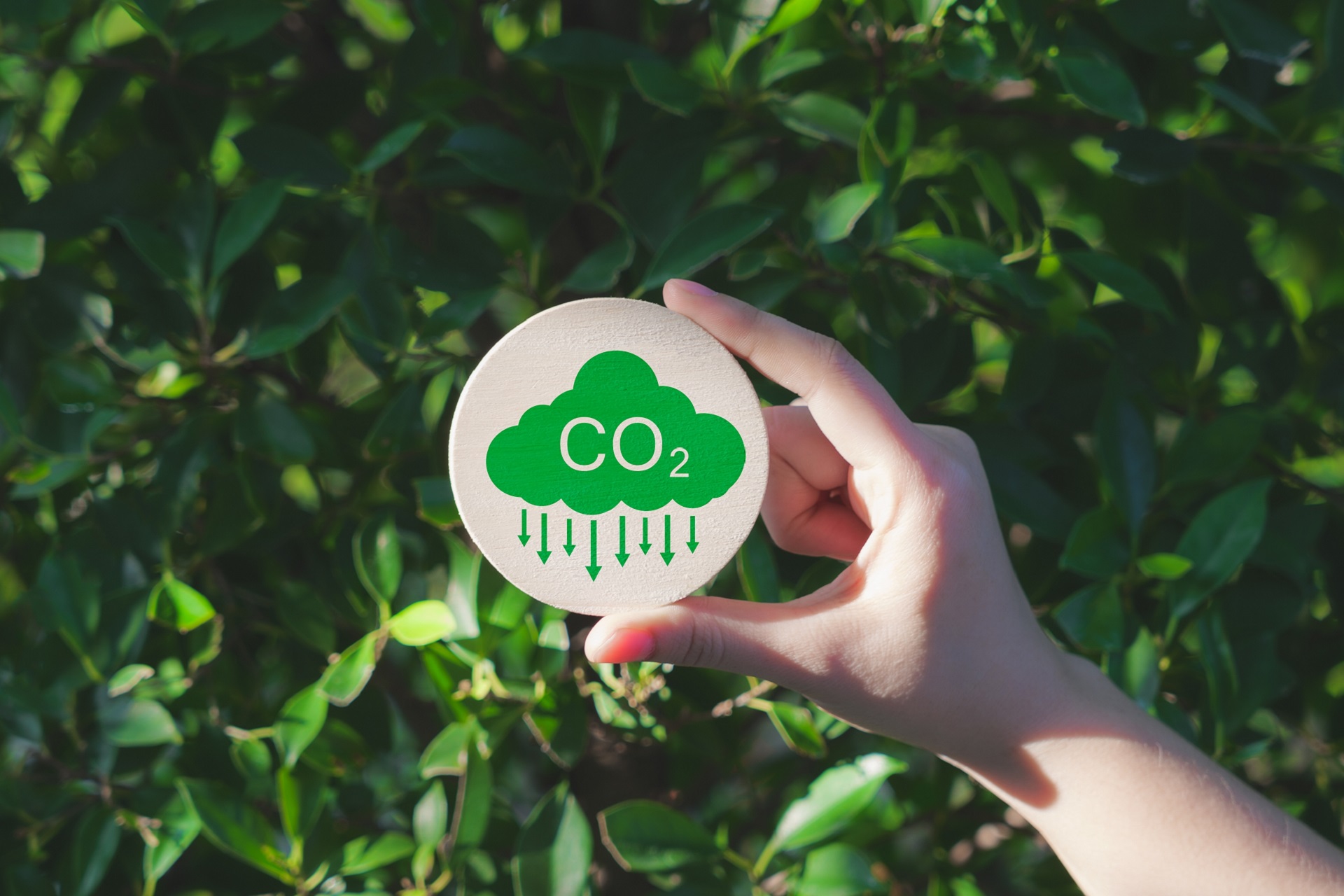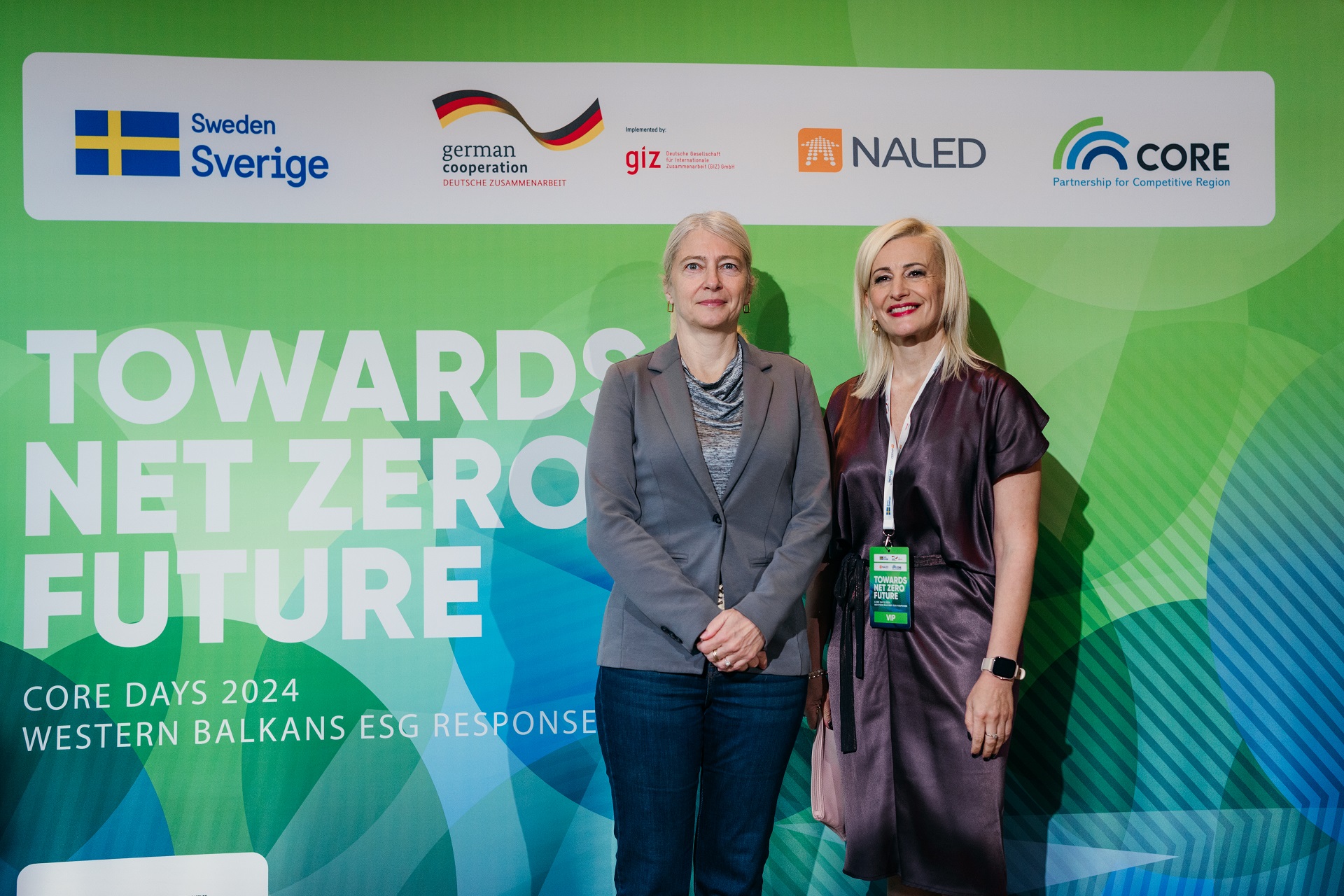The session of the Environment Protection Alliance was held: Revenues from the CO2 tax should go to the Decarbonization Fund
The regulation concerning the tax on greenhouse-gas emissions and the import of carbon-intensive products is expected to come into force on 1 January 2026. Four public consultations were held on the two draft laws - the Draft Law on the Tax on Greenhouse Gas Emissions and the Draft Law on the Tax on the Import of Carbon-Intensive Products (national CBAM), regarding the introduction of the new tax obligations. For this reason, on 20 October 2025 a session of the Environment Protection Alliance of NALED was also held.
The industries covered by these laws include the production of fertilisers, cement, pig iron and ferro-alloys, steel, aluminium, and in the case of the greenhouse gas emissions tax, the electricity sector as a basic activity is also included.
– In order to ensure that the revenues from these taxes are used for the decarbonisation of industry, one of the leading recommendations is the establishment of a Decarbonisation Fund. Such a mechanism, into which tax levies under both of these laws would be paid directly, should be functional and self-sustaining. Funds collected through this Fund need to be used exclusively to finance projects whose aim is to reduce CO₂ in manufacturing – emphasised Slobodan Krstović, Director of the Sustainable Development Department at NALED.
The introduction of the law on the greenhouse-gas emissions tax, in parallel with the tax on the import of carbon-intensive products, is one of the key reforms proposed by NALED in its previous Grey Book edition, as a basis for equal business conditions in the domestic market. The fixed value of the levy under both draft laws is proposed at four euros per tonne of emitted CO₂ and equivalent gases, which is expected to be a deductible item in the EU for products that Serbia exports.
The results of the Analysis of the Potential Impacts of CBAM (Carbon Border Adjustment Mechanism) carried out by NALED show that the introduction of these levies would cost the economy up to 539 million euros annually, excluding the electricity sector, while the additional state revenue through the domestic CBAM mechanism would grow from 13 million euros in 2027 to 128.6 million euros in 2034.
Legal entities and entrepreneurs who are plant operators obliged to hold an emissions licence will need to pay taxes on greenhouse-gas emissions (currently about 50 companies). In the case of the import of carbon-intensive products, the tax known as the “national CBAM” will be paid by any natural or legal person who imports them. Exemption applies to those who imported less than five tonnes of such products during the year.
The tax period for which liabilities will be settled is the calendar year, and it is planned that 31 May of the current calendar year will be the deadline for submitting the declaration and paying the tax for the previous year. For the accuracy and completeness of submitted reports, verifiers – persons accredited by the Accreditation Body of Serbia (ATS) – will be engaged to determine the credibility of submitted documentation based on established standards.
In order to promote investment in decarbonisation and the transition to cleaner sources of electricity, and to ease the adjustment to the new levies, the Draft Law on the Tax on Greenhouse Gas Emissions provides tax credits for entities engaged in electricity production.
The public consultations, in which NALED together with its membership actively participated, were held from 1 to 21 October 2025. The plan is for the subordinate legislation necessary for the implementation of these laws to be prepared within 180 days. It is also expected that the entities to which these laws apply will from next year have the obligation to report emissions by product, and from 2027 the obligation to pay levies. Because of the nature and importance of the subordinate legislation that will accompany these laws, and because they may not be subject to public debate, NALED will insist in the forthcoming period to be involved, together with other interested parties, in the drafting process.



